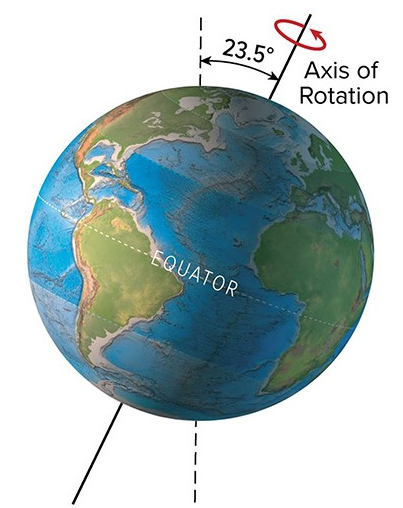Which of the following is true about how a lake can relate to the water table?
A. The water table intersects, or is higher than, the surface in many lakes.
B. A lake can gain water if it is lower than the water table in areas adjacent to the lake.
C. A lake that is above the water table may lose water to groundwater.
D. All of these choices are correct.
Answer: D
You might also like to view...
What evidence from the map and stereogram suggests that further volcanic activity took place inside the caldera after the final collapse of the volcano? Be as specific as you can.
The question is based on Map T-2, the “Umnak, Alaska,” topographic map (scale 1:250,000; contour interval 200 feet), Map T-21b, a satellite image; and Figures 35-3 and 35-4, a shaded relief map and a stereogram showing the Okmok Caldera (53°25'33"N, 168°07'38"W) on Umnak Island in the Aleutian Islands. What will be an ideal response?
The present-day tilt of Earth's axis of rotation is 23.5°. What would be a result of less tilt, as shown here?

A) High latitudes would receive less direct sunlight during the summer, causing cooler temperatures
B) A decrease in glaciers
C) More hours of sunlight on the equator, resulting in warmer global temperatures
D) All of these are correct.
Incinerator ash is commonly contaminated with highly concentrated toxic substances.
Answer the following statement true (T) or false (F)
A sand spit forms when ____
A) a long-shore current speeds up when approaching a headland B) a long-shore current slows as it clears a headland and approaches a quiet bay C) a turbidity current flows near a coast D) sediment deposition connects a barrier island to the mainland